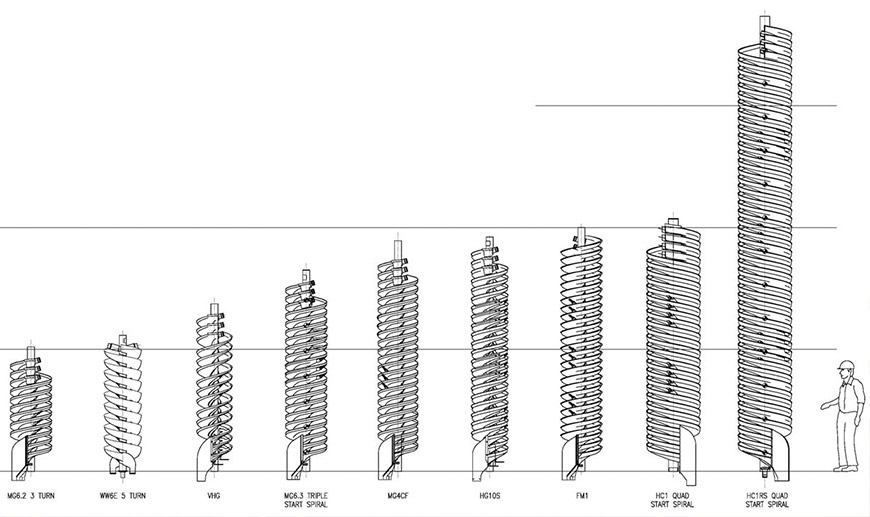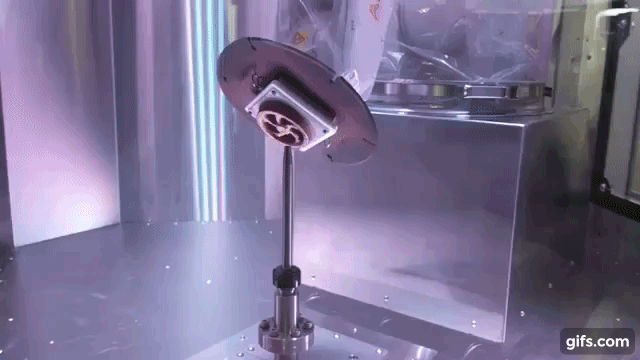Mineral Technologies, the mining subsidiary of Australian integrated services company Downer Group, has entered a 3D printing R&D collaboration with the University of Technology Sydney (UTS) and Innovative Manufacturing CRC (IMCRC).
Gravity spirals, used to separate valuable minerals from mined material, will be the focus of the research, and together the teams hope to enhance the equipment with composite materials and IoT ready smart sensors.
“This project will define an accelerated deposition and curing technique for AM which will hasten the way in which composite polymers are deposited to manufacture our mineral separation equipment,” explains Alex de Andrade, Mineral Technologies Global Manager – Sales, Equipment and Technology and UTS associate professor.
“We expect to see positive environmental impacts, such as decreasing the need for chemicals and reducing air contamination, which will significantly improve the operational environment for our manufacturing workforce.”
Revolutionizing mining equipment
Gravity spirals are typically several meters tall, and used across mining, farming and recycling operations to obtain valuable products. In relation to this project, David Chuter, IMCRC CEO and Managing Director explains, “Mineral separation equipment is often operated in a remote and hostile environment,”
“Deploying gravity spirals fitted with IoT sensors will offer Mineral Technologies a clear picture of the product performance.”

Recently, the IMCRC also invested $994 thousand USD in the development of an automated 3D printed car repair service at Swinburne University of Technology.
Bespoke technology development
Mineral Technologies’ R&D project work will be conducted at UTS in the Rapido rapid prototyping unit. Established in 2016, UTS Rapido gives industry, government and community partners the opportunity to turn their ideas into viable products and solutions.
The facility is complete with a range of 3D printers, from desktop to industrial machines including, as of May 2018, a LightSPEE3D cold spray metal 3D printer from fellow Australians at SPEE3D.

Herve Harvard, Director of UTS Rapido, stresses the importance of such partnerships in engaging students and staff.
“Partnering with Rapido harnesses a unique capability in terms of the breadth and depth of expertise, and advanced facilities we have at UTS.”
In particular, “This project demonstrates how UTS is becoming a leading university in additive manufacturing and, in this particular context, leading in the capability to develop bespoke 3D printing technologies suitable for manufacturing functional parts.”
The project is scheduled for completion in 2021.
For future updates and more current AM news subscribe to the free 3D Printing Industry newsletter, follow us on Twitter, and like us on Facebook.
Featured image shows UTS Building 11, exterior by night from Central Park. Photo by Andrew Worssam



